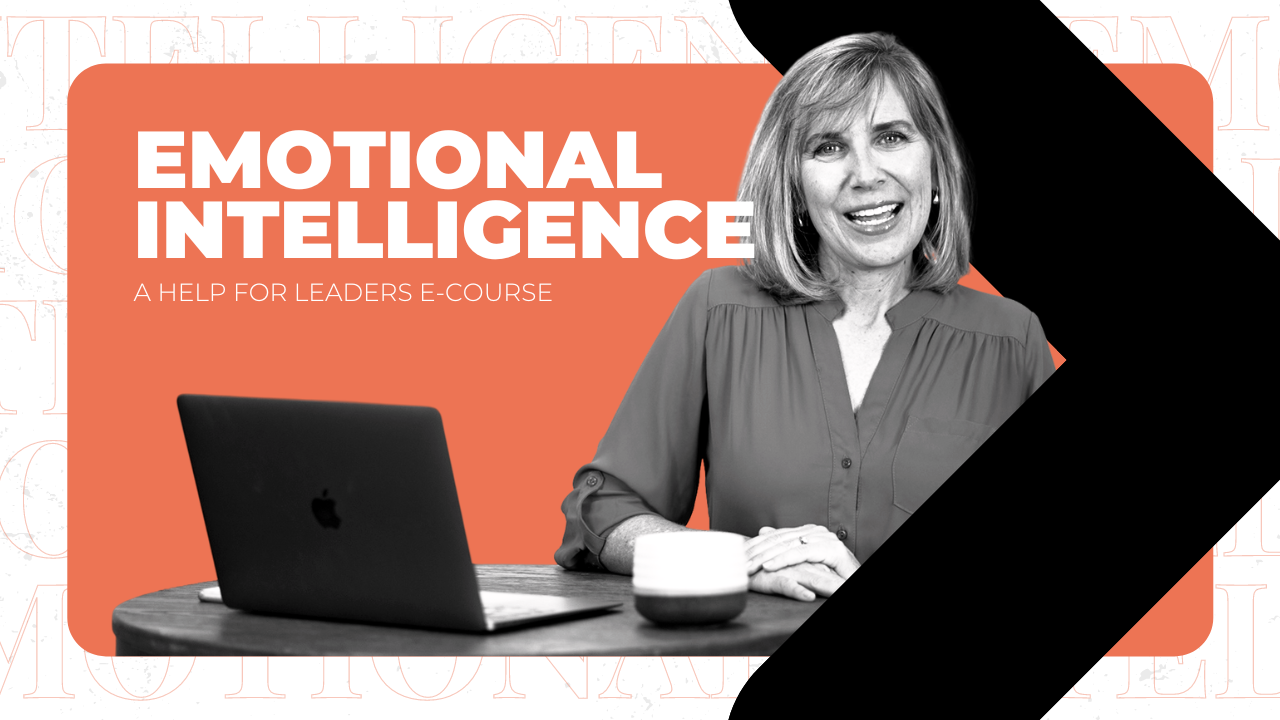Leading from Your WHY: Surroundings and Others

Leading from your Why? Surroundings and Others
Our online self-assessment, called the 12 Driving Forces, measures your Why. Your results will tell you why you do what you do. It measures motivation (and strength) behind your behaviors, using 6 different motivators.
Those motivators are….
- Knowledge
- Utility
- Surroundings
- Others
- Power
- Methodologies
Surroundings
So let’s talk about Surroundings. Have you ever noticed that some people, seek functionality in their surroundings, as in things around them need a purpose or a function. Where other people seek to fully experience their surroundings. They love harmony and beauty. Those are the two continuums of Surroundings.
Objective
On one side of the continuum is Objective. The Objective person is driven by the functionality and objectivity of their surroundings. They focus on viewing things in pieces, not as a whole. They also value functionality over harmony and practicality over beauty. So for instance a chair, as long as I can sit in it and it holds me up, it doesn’t have to look good or even feel good as long as it serves its purpose.
The value the Objective person brings to the team is that they have this amazing ability to thrive in environments filled with chaos. They also have the ability to maintain focus on the desired outcome and they are not affected by messy surroundings.
Things that can stress individuals with the Objective Driver are people that are too subjective, when there is too much focus on beauty, art, harmony and balance. And lastly people who spend too much time being overly creative can actually stress the person that has the Objective Driver.
In extreme situations, Objectively Driven individuals can be perceived as insensitive. Also when extreme, these individuals can appear to have little or no appreciation for the arts and they can focus too heavily on objectivity.
Keys to interacting with the Objective Driver is compartmentalizing conversations to a specific topic while taking emotions out of business interactions.
Harmonious
On the other side of the Surroundings continuum is Harmonious. The Harmonious person is driven by harmony, beauty and balance. They focus on subjective experiences for themselves and for others and they love to focus on personal and team development.
The value the Harmonious person brings to your team is their understanding of feelings (of both themselves and others). They also bring new, creative and even artistic ideas to the table and they have an appreciation of beauty, harmony and balance in all areas of life.
Things that can stress the Harmonious Driver is lack of balance or when there is a lack of harmony. Another thing that can stress the Harmonious Driver is a closed-in or untidy work space. Another stressor is people who focus strictly on the objective truth.
In extreme situations, Harmonious Driven individuals can exhibit that “starving artist syndrome” (where they put all their time and energy into creating their art and sacrifice their material well-being.) Another area we see in extreme situations is actually conflict with objective goals of the organization and even the individual functioning outside of the reality of some people.
Keys to interacting with the Harmonious Driver is giving them the ability to freely express their thoughts and ideas to create harmony.
So those are the two drivers of Surroundings and why you do what you when you are either driven Objectively or Harmoniously.
Once, I worked with an intern that was extremely Harmonious and they were offered an internship in a very small office space that was chaotic and cluttered. The environment was a creative environment that was energizing for most but for this individual it was extremely stressful. The actually determined that the internship wasn't a fit for them because of their extreme Harmonious driver.
Others
Let’s talk about Others. You are either Intentional or Altruistic, so let’s talk about these two continuums.
On one side of the Others continuum is intentional. The Intentional person is driven to assist others for a specific purpose, not just for the sake of being helpful or supportive. They focus on the world being a toolset to accomplish their goals. They are typically skilled at keeping emotions out of business and they focus on giving of their time or helping others when it is beneficial to them vs just to give or help.
The value the Intentional person brings to the team is their ability to stay objective in tough situations, they don’t get sucked in emotionally. They also are able to weight the social cost/benefit quickly and typically this person is great at holding people accountable for results.
Things that can stress individuals with the Intentional Driver is when others blame the system and not the individual. Another stressor is people who waste too much time helping others. And the last stressor I want to mention for the Intentional Driver is people who won’t confront and give second chances.
In extreme situations, Intentional Driven individuals can focus on self over others. They may not be willing to invest time or resources in helping a cause and they can be seen as cold and uncaring in extreme situations.
Keys to interacting with the Intentional Driver is highlighting opportunities to connect with hard working people that may lead to future benefit.
Altruistic
Not let’s look at the opposite end of the Others continuum which is Altruistic. The Altruistic person is driven to assist others for the satisfaction of being helpful and supportive. They desire to help others by giving generously of their time, talent and resources with no expectation of personal return. They have the ability to instinctively notice and respond to people in need. And they believe people should have the opportunity to be the best they can be. The value they bring to their team is that they are generous with their time, their talent and resources. The also champion a worthy cause.
Stressors to the Altruistic person are decisions or actions that are insensitive to people. They also can get stressed when the focus is on things or strictly the ROI. They can also get stressed by people that don’t seem to care about other people.
In extreme situations, the Altruistic Driver can lead to self-neglect because the focus is solely on others. Their overzealousness for a cause can turn people off, especially at work.
Keys to interacting with the Altruistic Driver is promoting the idea of benefitting others and helping them achieve their potential.
These are four of the drivers of leading from your Why. If you are wanting to grow professionally and understand your WHY, you need to take our 12 Driving Forces assessment. We are offering a 10% discount to anyone who reads this blog or listens to our podcast and reaches out to us take the assessment. Just mention you read or heard about it on the Help For Leaders Podcast or Blog to receive your discount when you contact us. You can fill our our contact form on our website, shoot us an email or pick up the phone and give us a call. We’d love to help you learn about your Why and how it can enhance your communication.
You can listen to our full podcast episode on this blog topic here or you can check us out on Youtube. Make sure you subscribe!


